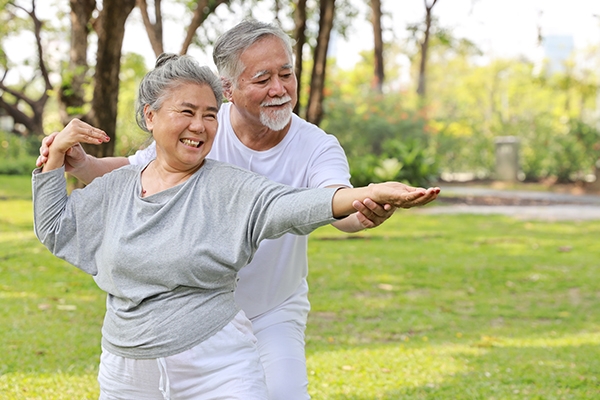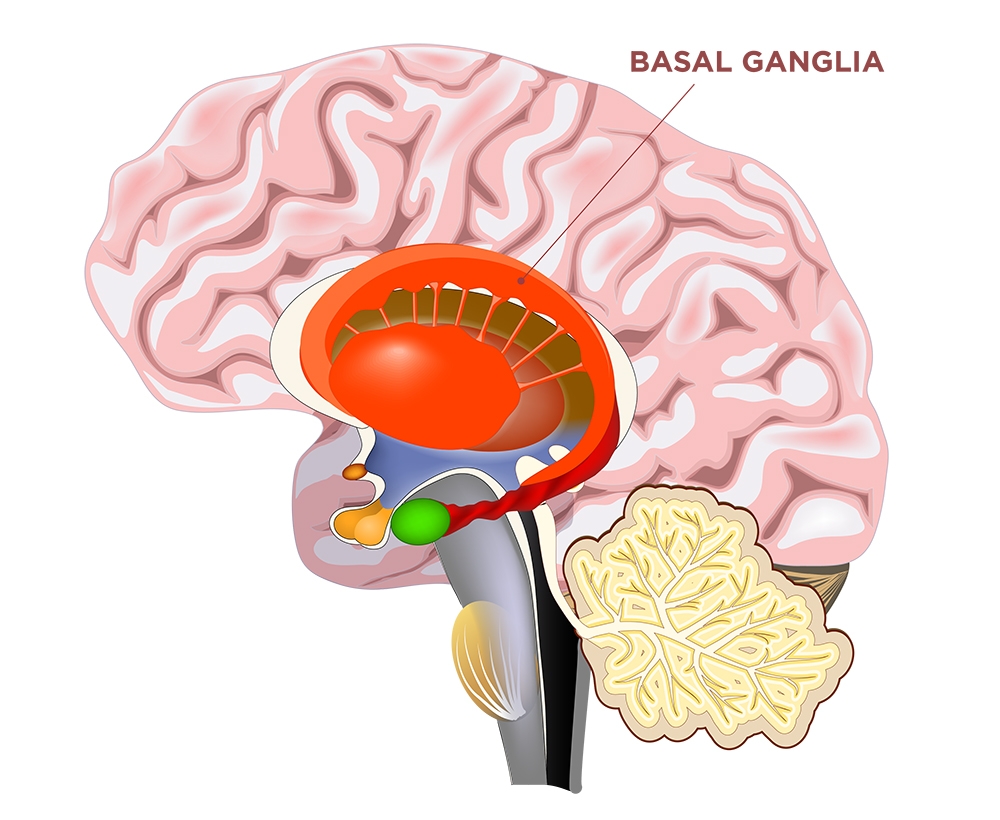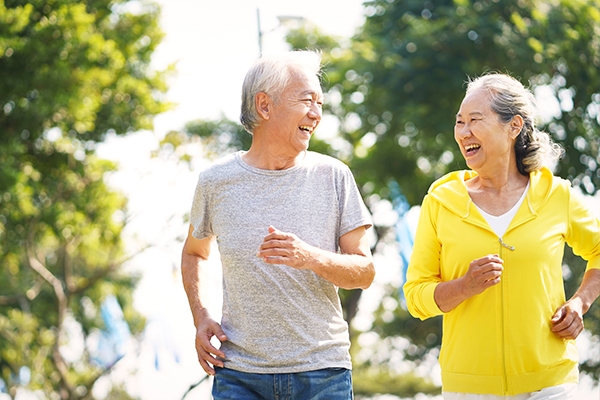Unveiling Parkinson's Disease: From a Tremor to a Stiffness

Can you imagine being about to take the glass at the end of the table, but your hands were trembling so much? Instead of improving, your body gets stiffer. This is a common occurrence among elders. This is Parkinson's disease.
Parkinson's disease is a progressive condition that affects the neurological system and the organs it controls. This disease begins with a simple tremor, which is not the body's response to cold temperatures, disease, or drug adverse effects.
People suffering from Parkinson's disease can only express themselves briefly in the early stages. Their hands did not sway as they moved. Their words appear to be dragged out, making them sound unclear when spoken. Symptoms worsen with time due to decreased nerve function.
Parkinson's disease is not curable, however it can be improved. If you have it checked out, your doctor would most likely propose surgery to realign sections of the brain and alleviate symptoms.
Causes and risk factors
The actual etiology of this disease is unknown, although everyone is at risk. The only clear risk factor is age. The majority of the disease affects adults over the age of 60. However, symptoms may emerge before the age of 50.

Parkinson's is most noticeable when nerve cells (neurons) in the basal ganglia—the part of the brain that controls movement—are damaged or die. Damaged neurons often produce less dopamine, which causes the disease's related movement issues.
The cause of neuronal damage and/or death is still unknown. This is also why the cause of Parkinson's disease remains unknown.
Early symptoms are commonly inherited. Some symptoms are even suspected to be linked to specific gene alterations. However, this is uncommon, except in families where members have the condition. Certain genetic variants are thought to raise the risk, albeit not considerably.
Certain toxins or environmental factors may enhance the risk. However, given humans' ability to adjust to new situations, this probability is remote.
Parkinson's risk factors include:
- Age. Parkinson's disease is rare in young adults. Typically, the early symptoms appear in middle or late life and progress over time.
If symptoms of the disease arise in young people, genetic counseling can help identify and plan the next steps. To assess if symptoms may worsen, a person's work, social circumstances, and prescription side effects must all be evaluated.
- Heredity. Parkinson's symptoms, as previously discussed, are most likely to appear in biological progeny. However, the risk is low.
- Gender. Parkinson's disease affects men more than women.
- Toxicological exposure. Chronic exposure to herbicides and pesticides raises the risk of disease.
Signs and symptoms

Parkinson's symptoms vary from individual to person. The initial symptoms are likely to go unnoticed since, as previously said, shaking is a physiological response with multiple causes.
Symptoms may appear on one side of the body. Usually, it worsens on that side. It only then begins to damage the limbs on both sides of the body.
The common symptoms are as follows:
- Tremors. When the muscles are at rest, rhythmic vibrations or tremors frequently occur during mobility, most commonly in the hands or fingers. When you perform some work, the tremors normally diminish.
- Bradykinesia. This is a common Parkinson's symptom. Bradykinesia appears to be muscle weakness, but it is actually a muscle control issue. Because nerve cells cannot regulate muscles appropriately and quickly, bodily motions are slow.
- Muscular stiffness. Stiffness is a typical Parkinson's symptom that can be classified into two types: lead pipes and gears. The rigidity of lead pipes is generally constant and does not alter when the body is moved.
The gear's stiffness appears to be that of a lead pipe, accompanied by a tremor. It causes jerky, stop-and-go movements, similar to the second hand on a mechanical clock. - Stooped posture. Slow mobility and muscle tightness lead to another vice: slumped posture. This posture develops when the condition worsens. As a result, the legs are short and shuffling, with limited arm movement.
Other motor symptoms that may arise owing to reduced muscle control are:
- Rarely blinks.
- Voice softening, also known as hypophonia.
- Frequent drooling.
- Facial expression loss, also known as hypomimia.
- Changes in the method of writing or micrography.
- Swallowing difficulty, often known as dysphagia.
Aside from motor symptoms, Parkinson's disease can induce autonomic nervous system symptoms such as low blood pressure (hypotension), constipation and digestive issues, bedwetting, and sexual dysfunction.
In addition, it can cause sadness, loss of smell, anosmia, and numerous sleep disturbances. Parkinson's disease, like dementia, impairs thinking and concentration abilities.
Measuring Parkinson's

Parkinson's disease takes years to finally show its full impact. Now, health care provides a tool called the Movement Disorder Society-Unified Parkinson's Disease Rating Scale (MDS-UPDRS) to classify it. Here are the parts.
1. Non-motor aspects of daily life experiences
This section discusses symptoms such as dementia, depression, anxiety, and other ability-related or mental health problems.
In addition, questions related to pain, constipation, urination problems, fatigue, and so on will also be discussed.
2. Motor aspects of daily life experiences
This section covers the body-induced effects of a given movement-related task. This includes the ability to speak, eat, chew, swallow, dress, and bathe if you have tremors.
3. Motor test (movement capability)
This section is used to determine how Parkinson's patients' movements affect their condition. Speech, facial expressions, rigidity, gait, speed, balance, movement speed, and tremors are among the measurement criteria.
4. Motor complications
This section will indicate how much Parkinson's symptoms affect the patient's life. The component that is monitored is how long the symptoms last per day, whether they interfere with the patient's daily activities, and so on.
Preventing Parkinson’s
There has been no definitive way to avoid Parkinson's disease up to this point. Several studies, however, demonstrate that regular physical activity, such as aerobic exercise, may lessen the risk.
Researchers have also discovered that persons who drink caffeine daily—in coffee, tea, and cola—are less likely to develop Parkinson's disease. Likewise, people who drink green tea on a daily basis. The two's relationship, however, is unknown.



